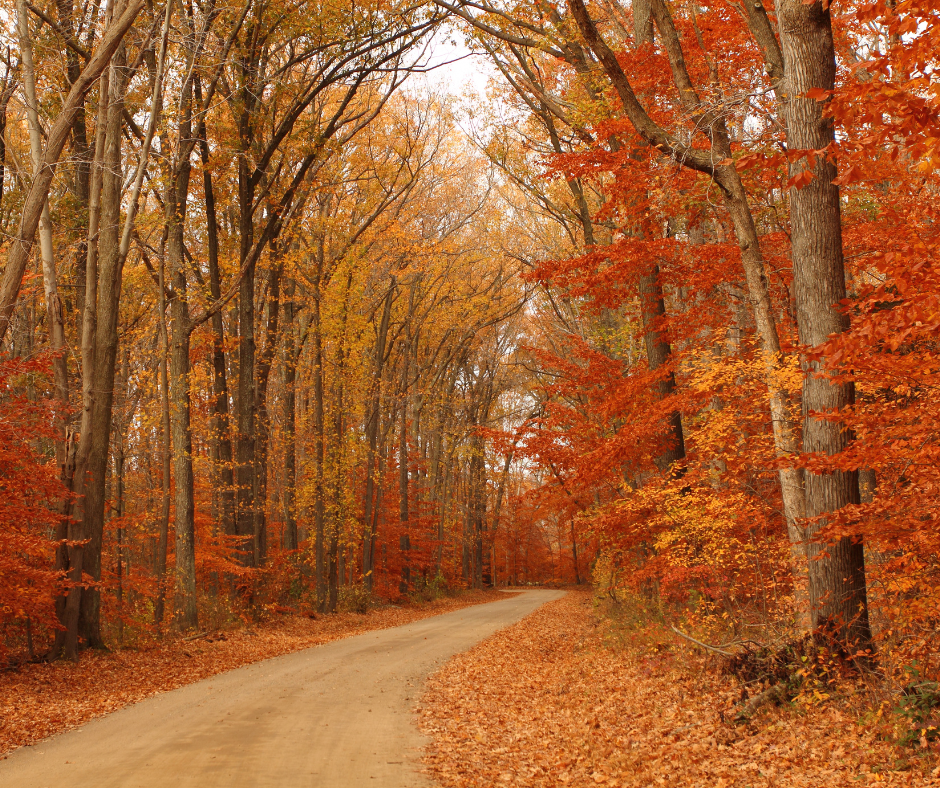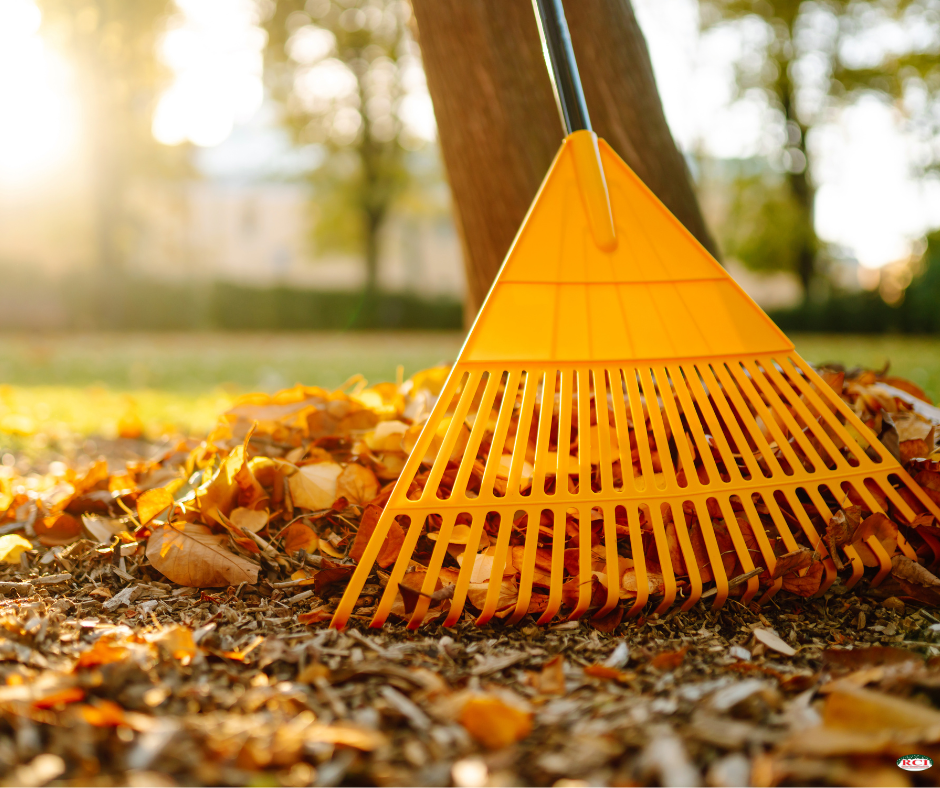The Science of Fall Color: How Landscaping Brings Out Nature’s Palette
Every autumn, landscapes across the country come alive with brilliant shades of red, orange, and gold. But what exactly causes those striking fall colors—and how can professional landscaping enhance them? At RCI, we combine horticultural science with thoughtful design to help properties—from commercial campuses to residential communities—showcase nature’s best seasonal display.
The Science Behind Fall Color
As daylight shortens and temperatures cool, trees and plants begin preparing for dormancy. During this transition, chlorophyll (the pigment that makes leaves green) breaks down, revealing the carotenoids and anthocyanins beneath the surface.
- Carotenoids produce warm yellows and golds, found in species like maples and birches.
- Anthocyanins create vivid reds and purples, especially in dogwoods and red oaks.
- Tannins give rise to the soft browns that complete fall’s signature palette.
So, while color change is a natural process, smart landscape design and maintenance practices can amplify and extend the visual impact.
How Landscaping Enhances Fall Color
1. Plant Selection and Placement
Choosing the right mix of trees and shrubs is key. At RCI, our design team strategically selects plant varieties that complement one another for multi-layered fall color.
Top performers include:
- Sugar Maple for fiery orange and red tones
- Sweetgum for purples and golds
- Serviceberry for early-season reds
- Oakleaf Hydrangea for texture and deep burgundy hues
When used in commercial landscaping, this diversity ensures your property stays visually appealing throughout the season.
2. Proper Landscape Maintenance
Consistent care helps trees and shrubs perform at their best. Nutrient balance, irrigation, and pruning all influence leaf color intensity.
Our landscape maintenance services include:
- Monitoring soil pH and fertility
- Managing watering schedules to prevent stress
- Pruning for structure, airflow, and light exposure
Healthy plants = brighter, longer-lasting color.
3. Lighting for Seasonal Drama
Landscape lighting brings fall color to life long after sunset.
Using warm-toned LEDs and strategic uplighting, RCI highlights the depth and texture of foliage, creating an inviting, dramatic effect for commercial properties and community spaces.
Lighting also enhances safety and usability—keeping walkways and entrances welcoming as daylight hours decrease.
4. Groundcover and Hardscape Contrast
Fall color isn’t just about trees. Contrasting materials help the season’s hues pop.
- Use dark mulch or stone to intensify vibrant foliage.
- Add ornamental grasses for movement and texture.
- Incorporate patios, walls, or pathways that reflect the tones of the season.
Our landscape design and installation teams carefully balance these elements to build a cohesive, four-season aesthetic.
Sustainability in Seasonal Color Design
RCI emphasizes sustainability in every project. By choosing native species and using proper irrigation management, we help landscapes thrive naturally while supporting local ecosystems.
Native plants not only provide reliable seasonal color but also reduce maintenance costs and water usage—a major advantage for commercial landscaping clients focused on long-term value.
Bringing Nature’s Palette to Your Property
The beauty of fall color is fleeting, but with the right planning and professional care, its impact can last all year. Whether you’re managing a large commercial property or updating a residential landscape, RCI’s team of landscape design and maintenance experts can create a fall display that’s both scientific and stunning.
Ready to showcase your property’s natural color potential?
Contact RCI today to schedule a consultation with our commercial landscaping professionals. Let’s turn your outdoor space into a masterpiece of seasonal color.





